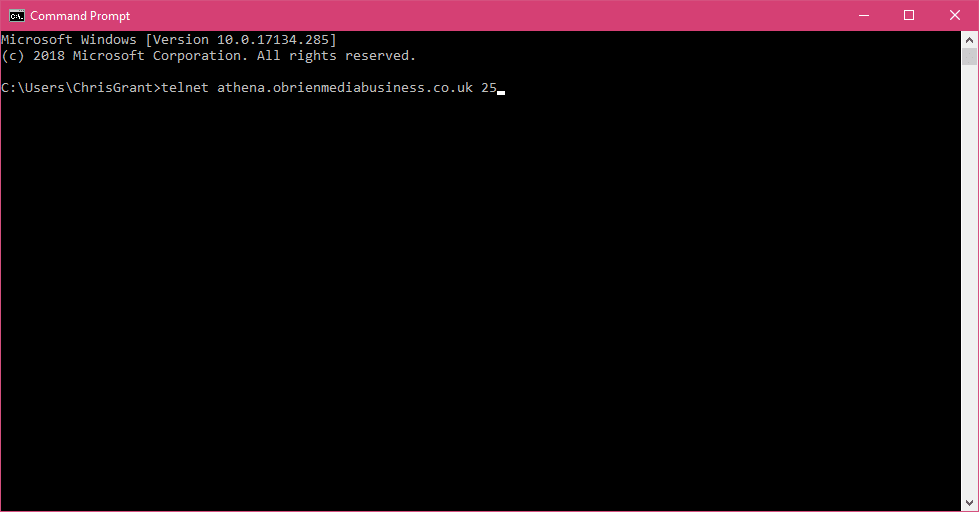

The latter wide area network (WAN) systems tended to have centralized setup, where a network administrator would manually assign addresses and names. The names and addresses are then automatically entered into a directory service.Įarly computer networking was built upon technologies of the telecommunications networks and thus protocols tended to fall into two groups: those intended to connect local devices into a local area network (LAN), and those intended primarily for long-distance communications. These systems automatically give themselves common names chosen either by the equipment manufacturer, such as a brand and model number or chosen by users for identifying their equipment. The dynamic nature of modern networks, especially residential networks in which devices are powered up only when needed, desire dynamic address assignment mechanisms that do not require user involvement for initialization and management. Similarly to telephones being labeled with their telephone number, it was a common practice in early networks to attach an address label to networked devices. Network routers examine these addresses to determine the best network path in forwarding the data packet at each step toward its destination. Every packet contains the source and destination addresses for the transmission. In modern networking protocols, information to be transmitted is divided into a series of network packets. This is similar to the telephone network which assigns a string of digits to identify each telephone.



Without zeroconf, a network administrator must set up network services, such as Dynamic Host Configuration Protocol (DHCP) and Domain Name System (DNS), or configure each computer's network settings manually. It does not require manual operator intervention or special configuration servers. Zero-configuration networking ( zeroconf) is a set of technologies that automatically creates a usable computer network based on the Internet Protocol Suite (TCP/IP) when computers or network peripherals are interconnected. Technologies for automatic network connection configuration


 0 kommentar(er)
0 kommentar(er)
